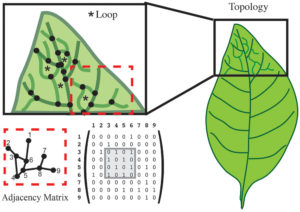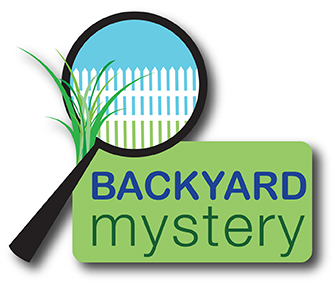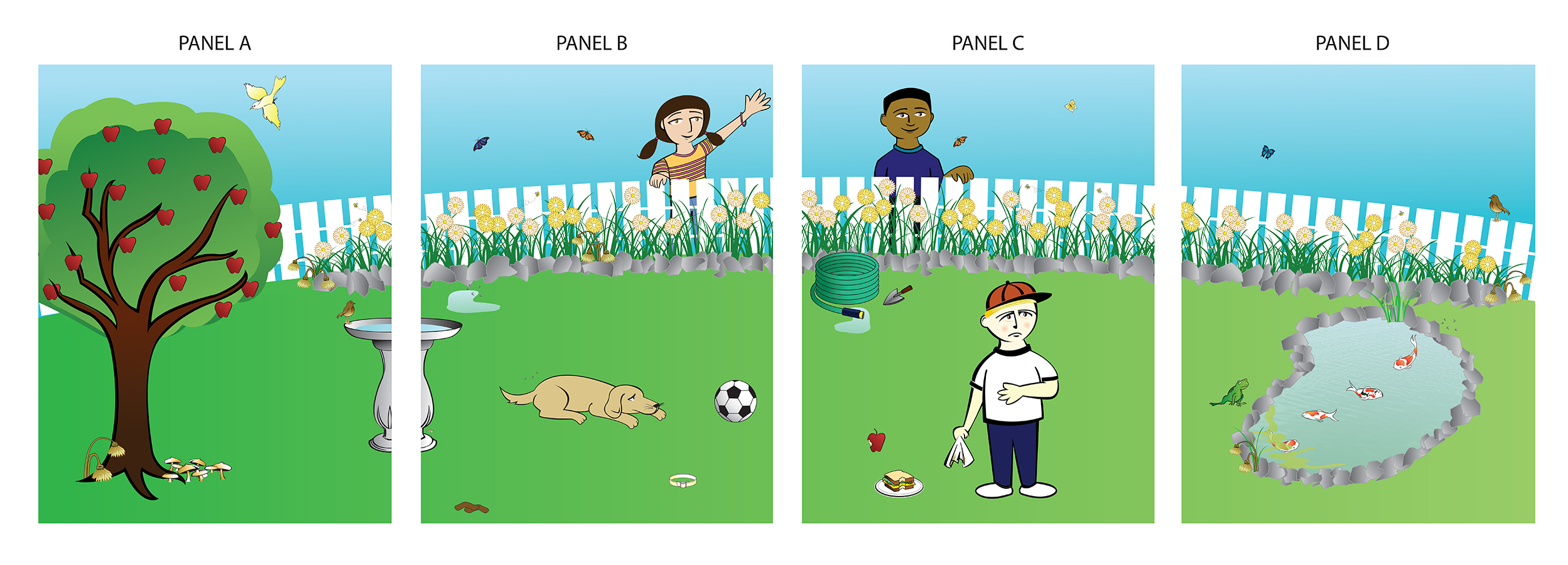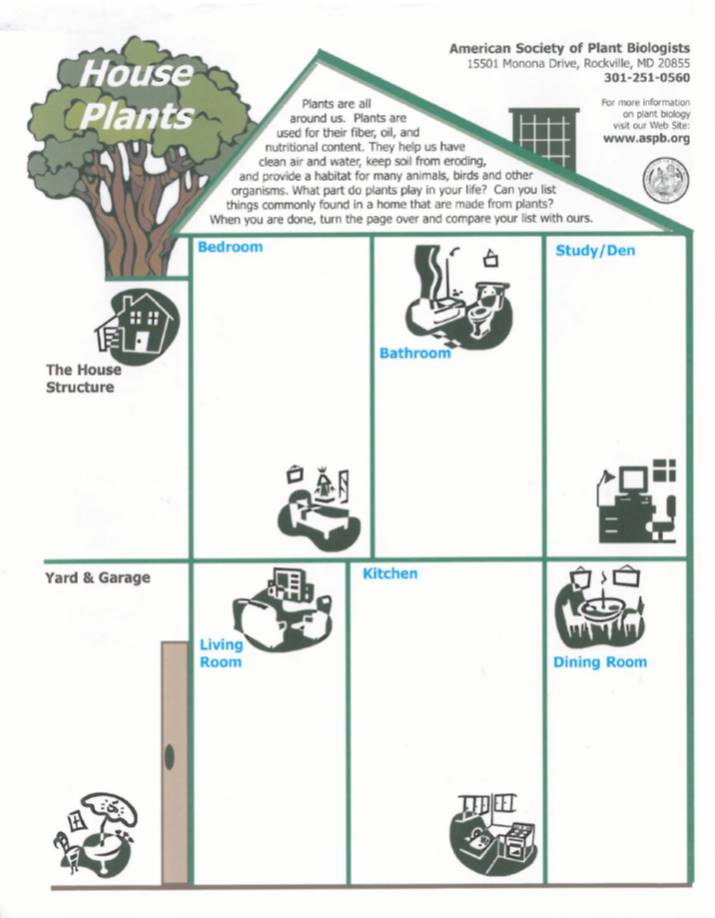Review: Reshaping plant biology: Qualitative and quantitative descriptors for plant morphology
 As automated phenotyping platforms are becoming prevalent, scientists increasingly need to be familiar with tools used to describe and model form and growth. Balduzzi et al. provide an overview of the key concepts used in quantifying and describing plant morphology. They point to the need for a common language that can be used seamlessly by biologists and mathematicians, and begin by defining concepts such as shape, geometry and topology as well as the tools used in applying these concepts to plant morphology, as shown for leaf growth and root system architecture. The authors also show how organ morphology can be traced back to changes in cell growth and expansion, using sepals and hypocotyls as illustrations of this approach. This is a good article to help non-specialists and students appreciate the application of mathematical concepts to plant morphology. Front. Plant Sci. 10.3389/fpls.2017.00117
As automated phenotyping platforms are becoming prevalent, scientists increasingly need to be familiar with tools used to describe and model form and growth. Balduzzi et al. provide an overview of the key concepts used in quantifying and describing plant morphology. They point to the need for a common language that can be used seamlessly by biologists and mathematicians, and begin by defining concepts such as shape, geometry and topology as well as the tools used in applying these concepts to plant morphology, as shown for leaf growth and root system architecture. The authors also show how organ morphology can be traced back to changes in cell growth and expansion, using sepals and hypocotyls as illustrations of this approach. This is a good article to help non-specialists and students appreciate the application of mathematical concepts to plant morphology. Front. Plant Sci. 10.3389/fpls.2017.00117


 The New Phytologist Tansley Medal is awarded to an early career scientist for excellence in plant science. The essays submitted by each of the five finalists are published in the March 2017 of New Phytologist, and make good reading. We agree with the sentiments of the editors, “warmest congratulations to all of the finalists, and we look forward to following their future careers.”
The New Phytologist Tansley Medal is awarded to an early career scientist for excellence in plant science. The essays submitted by each of the five finalists are published in the March 2017 of New Phytologist, and make good reading. We agree with the sentiments of the editors, “warmest congratulations to all of the finalists, and we look forward to following their future careers.”
 Lesley McCollum writes about why scientist need to establish their profession identity online, including a description of popular sites (e.g., Twitter, LinkedIn) and how to use them. In addition to following her advice, we’d recommend you set up and maintain your Google Scholar site and register for an ORCID, as these are two of the easiest ways for people (even those who don’t use social media) to see your research outputs.
Lesley McCollum writes about why scientist need to establish their profession identity online, including a description of popular sites (e.g., Twitter, LinkedIn) and how to use them. In addition to following her advice, we’d recommend you set up and maintain your Google Scholar site and register for an ORCID, as these are two of the easiest ways for people (even those who don’t use social media) to see your research outputs.  Backyard Mystery is part of the STEMware™ project,
Backyard Mystery is part of the STEMware™ project, 
 “cool tools” that can be used to win pieces of a puzzle that will help them identify the mystery culprit. These tools can be explored with either hands-on or paper activities. Participants will also learn about what careers they could pursue related to curriculum content.
“cool tools” that can be used to win pieces of a puzzle that will help them identify the mystery culprit. These tools can be explored with either hands-on or paper activities. Participants will also learn about what careers they could pursue related to curriculum content.

 Help eradicate plant blindness as students explore the plants that comprise their indoor environent. This quick, classroom-ready page (PDF) is ideally suited for middle grade students.
Help eradicate plant blindness as students explore the plants that comprise their indoor environent. This quick, classroom-ready page (PDF) is ideally suited for middle grade students.